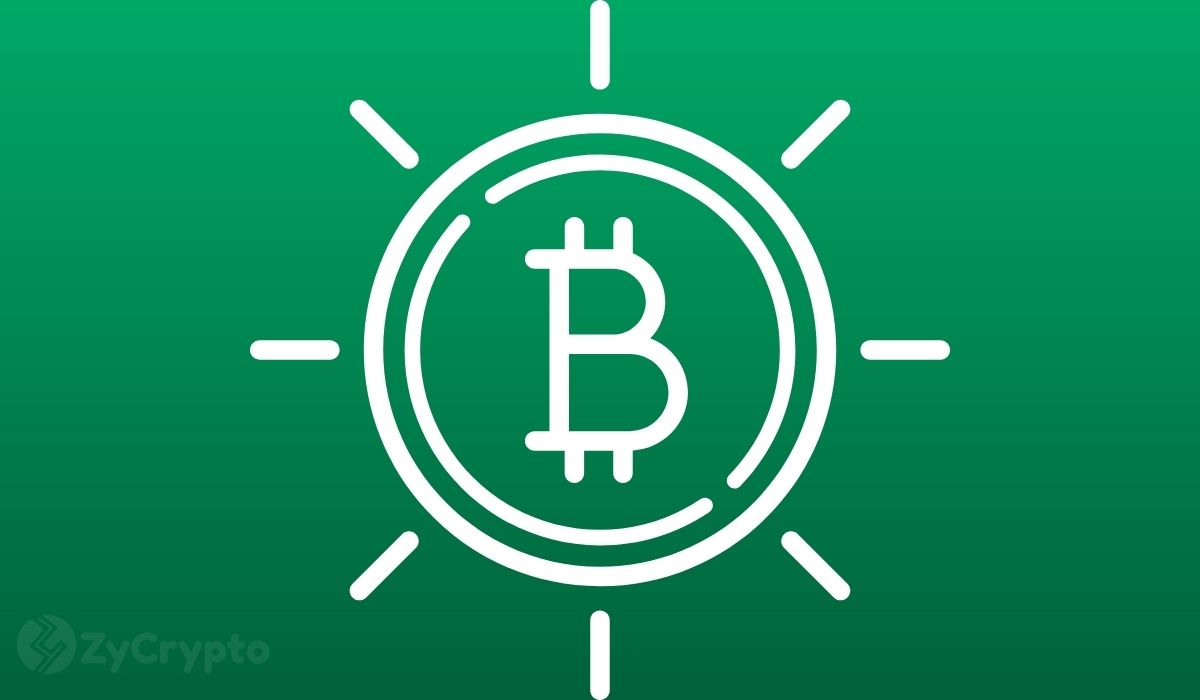As tariff confusion reigns, the Bank of Canada (BoC) has thrown in the towel on trying to forecast what’s next for the Canadian economy. Instead, it says, expect the unexpected.
That was the major message from the central bank in its April rate announcement, in which it held its trend-setting overnight lending rate. It’s unchanged at 2.75%. This brings an end to the rate cutting cycle it had kicked off last June, which brought this trend setting rate down 225 basis points (2.25%) from its peak of 5% via a series of seven consecutive rate decreases.
The BoC made it clear that the ongoing uncertainty as a result of U.S. President Donald Trump’s tariff threats have scuttled any chance of predicting our nation’s growth trajectory with any kind of accuracy, prompting it to take a wait-and-see approach. This, combined with concerns over higher short-term inflation, prompted the Bank to hold off on adding more stimulus to the economy.
“The major shift in direction of U.S. trade policy and the unpredictability of tariffs have increased uncertainty, diminished prospects for economic growth, and raised inflation expectations,” according to the Bank’s announcement. “Pervasive uncertainty makes it unusually challenging to project GDP growth and inflation in Canada and globally.” (Read: What is GDP?)
Instead, the Bank has put forth two potential scenarios for the Canadian economy, depending on the path that the U.S. trade policy may take.
Market confusion remains over trade policy, but the tariffs themselves are “limited in scope.” In this case, Canadian growth would temporarily weaken, with inflation staying close to its 2% target. The BoC looks at the potential fallout from a protracted trade war, leading to a Canadian recession, and inflation rising over 3%.“Many other trade policy scenarios are possible,” the statement reads. “There is also an unusual degree of uncertainty about the economic outcomes within any scenario, since the magnitude and speed of the shift in U.S. trade policy are unprecedented.”
Given this, it made sense for the BoC to keep its cards close and save rate cuts for future emergencies. In the meantime, it’s keeping an eagle eye on factors such as how tariffs evolve, business investment, and the Canadian job market.
Read more of my take on the BoC announcement for Ratehub.ca.
Use our mortgage payment calculator
Our calculator will help you understand what a mortgage will cost you in real terms while factoring for interest rates, amortization period, fixed or variable terms, and more.
What does the BoC rate announcement mean to you?
A rate hold means there’s little change in store for Canada’s rate pricing environment, but there are a few trends Canadians should keep an eye on. Let’s break down the impact on borrowers, savers and investors.
The impact on Canadians with a mortgage
The BoC announcement is of interest for those with a mortgage.
The impact on variable-rate mortgages
Variable mortgage rates are most directly impacted by changes to the BoC’s overnight lending rate. This trend-setting rate influences the prime rate used by Canadian lenders to price their variable mortgages, as well as other prime-linked lending products such as personal loans and HELOCs. These products are based on the prime rate, plus or minus a percentage.
As a result of today’s BoC rate hold, the impact on variable-rate mortgage borrowers will be… nada. Their payments, as well as the portion going toward interest costs, will remain the same. Those who are shopping for a variable mortgage rate will also find little change in the pricing environment, though lenders do sometimes change their spreads to the prime rate, which could make new variable mortgage rate pricing rise or fall slightly.
The impact on fixed-rate mortgages
Fixed mortgage rates aren’t directly impacted by the BoC’s rate moves, but rather by what’s happening in the bond market. So, when bond yields fall, lenders tend to pass on discounts to their fixed-rate pricing, and the opposite when yields rise. And, yields have been on quite the ride in recent weeks.
Five-year Government of Canada bond yields, which largely underpin five-year fixed mortgage rates, plunged to 2.52% on April 4, a low not seen in three years, as the market reacted to Trump’s initial threat to levy a 50% “reciprocal” tariff on a number of nations. At the time, fixed mortgage rates in Canada headed lower.
However, a curious market phenomenon then took place. Despite ongoing calamity in the stock market, bond yields—which investors usually pile into during times of uncertainty—started to rise again. In particular, the U.S. 10-year Treasury yield. It acts as the global benchmark for debt, and is viewed as the most secure investment in the world. Well, it rose by a shocking 40 basis points in the space of a few days. This reflected investors’ flagging confidence in US-backed assets, as fears rose that the current administration neither understands its own tariff plan, or its impact on the market.
This has put upward pressure on Canadian yields, which as of publish time, sit around the upper 2.6% range. While fixed rates are still currently competitive priced (with the lowest five-year mortgages in Canada currently at 3.79%, and 3.74% in Quebec), they could start to creep higher if yields stay elevated.
Check out the rates below to see the current status of mortgage rates in Canada.
What does this mean for the housing market?
The March national housing numbers are hot off the press, and it’s not a pretty picture. The latest data report from the Canadian Real Estate Association (CREA) shows home sales fell by 4.8% month over month, and plunged 9.3% year over year. As well, the sales-to-new-listings ratio (SNLR) has dropped to 45.1%—a low not seen since 2009. This ratio measures the level of competition in the housing market, and indicates that demand has cooled substantially in comparison to the inventory currently available for sale.
It’s clear that Canadian home buyers are hesitant about entering the real estate market under the shadow of a potential recession and job losses. Today’s BoC rate hold will also remove any further incentive to buy in the near future, as the rate pricing environment won’t change.
What does the rate cut mean if you’re an investor?
Against the backdrop of April’s tariff-induced market madness, today’s rate hold won’t mean much for Canadian investors. North American stock markets remain firmly in the red following Trump’s ongoing tariff saga, with “extreme fear” largely driving investment decisions, according to CNN.
Overall, the CBOE Volatility Index (VIX), which is a real-time measure of investors’ expectations of volatility (also known as the “fear gauge”) has spiked. The market continues to hold its breath on any further clarify on the form tariffs may take—and what will actually come into force. (See the top 100 ETFs in Canada on the CBOE, using the MoneySense ETF screener tool.)
MoneySense is an award-winning magazine, helping Canadians navigate money matters since 1999. Our editorial team of trained journalists works closely with leading personal finance experts in Canada. To help you find the best financial products, we compare the offerings from over 12 major institutions, including banks, credit unions and card issuers. Learn more about our advertising and trusted partners.
What does the rate cut mean for your savings?
Savers and passive investors in Canada have the most to smile about when rates stay pat—or increase, of course. These interest rates are also largely dependent on the prime rate, meaning returns erode each time the BoC lowers its benchmark. But today, thes Canadians can breathe a sigh of relief, as the rates will remain unchanged. This includes those with high-interest savings accounts (HISAs) and guaranteed investment certificates (GICs).
However, given future cuts are possible, it could be smart to look into getting a solid rate now, in case they decline further. And given all the current market volatility, a high-interest savings account or GIC is one of the few things that can offer stability.
Read more about interest rates:
The best variable mortgage rates in Canada The best variable mortgage rates in Canada The best GIC rates in Canada Bonds vs. GICs: Where should you invest your fixed-income dollars?This article was created by a MoneySense content partner.
This is an unpaid article that contains useful and relevant information. It was written by a content partner based on its expertise and edited by MoneySense.
The post Making sense of the Bank of Canada interest rate decision on April 16, 2025 appeared first on MoneySense.
















 Bengali (Bangladesh) ·
Bengali (Bangladesh) ·  English (United States) ·
English (United States) ·